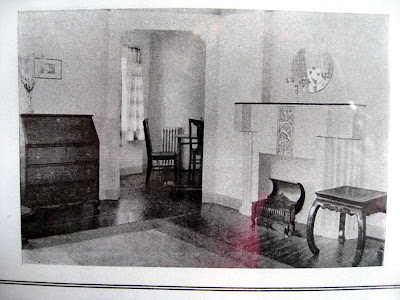Here I am back after a disaster. The hard drive on my lap top died, the day its warranty expired. It has taken HP nearly 3 weeks to send me a new one. But now I am back, up and running. Thank goodness I am a cloud user of the Internet otherwise I would have lost everything. No, I hadn't backed up much even though I was given a separate saving device thingy for my birthday. I was always too busy to stop and save. I have learnt the alternative is way more time consuming.
I have to start again building a library of images. Here are some that were on my camera card.

I have to start again building a library of images. Here are some that were on my camera card.

This is the entrance to the 2 rooms off my main studio. When we moved into the house I took over a bedroom with dark green walls. Our son painted the walls for me. I chose a buttery cream to give maximum light reflection. It maybe a bit too warm to be neutral but it sure makes for a cheery space to work in.
I had left the 2 smaller rooms dark green but have since decided they were too dark to be functional. So they recently got painted the same cream as the main room.
This is the stripped storage room on the left, in the middle of its paint job. I forgot to take the 'before' pictures of the green colour to show the transformation.
.
The room on the right is a bathroom that I am setting up as my wet studio. I still have to seal the stone tiles so I can easily wipe up drips and splashes.
This is one of my work stations where I do writing types of tasks. I am still looking for the right kind of material to put up on the walls to make inspirational pin boards.









































